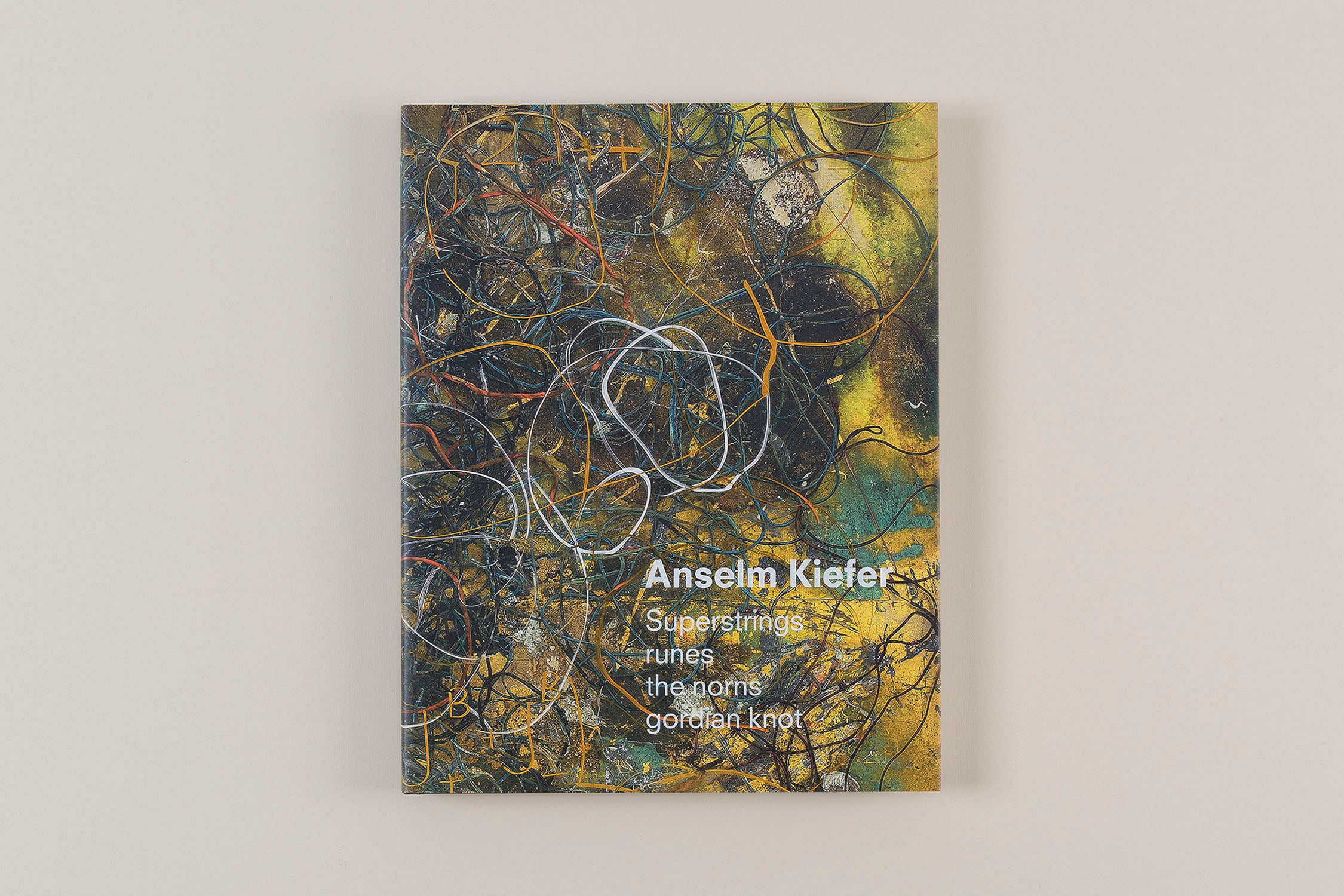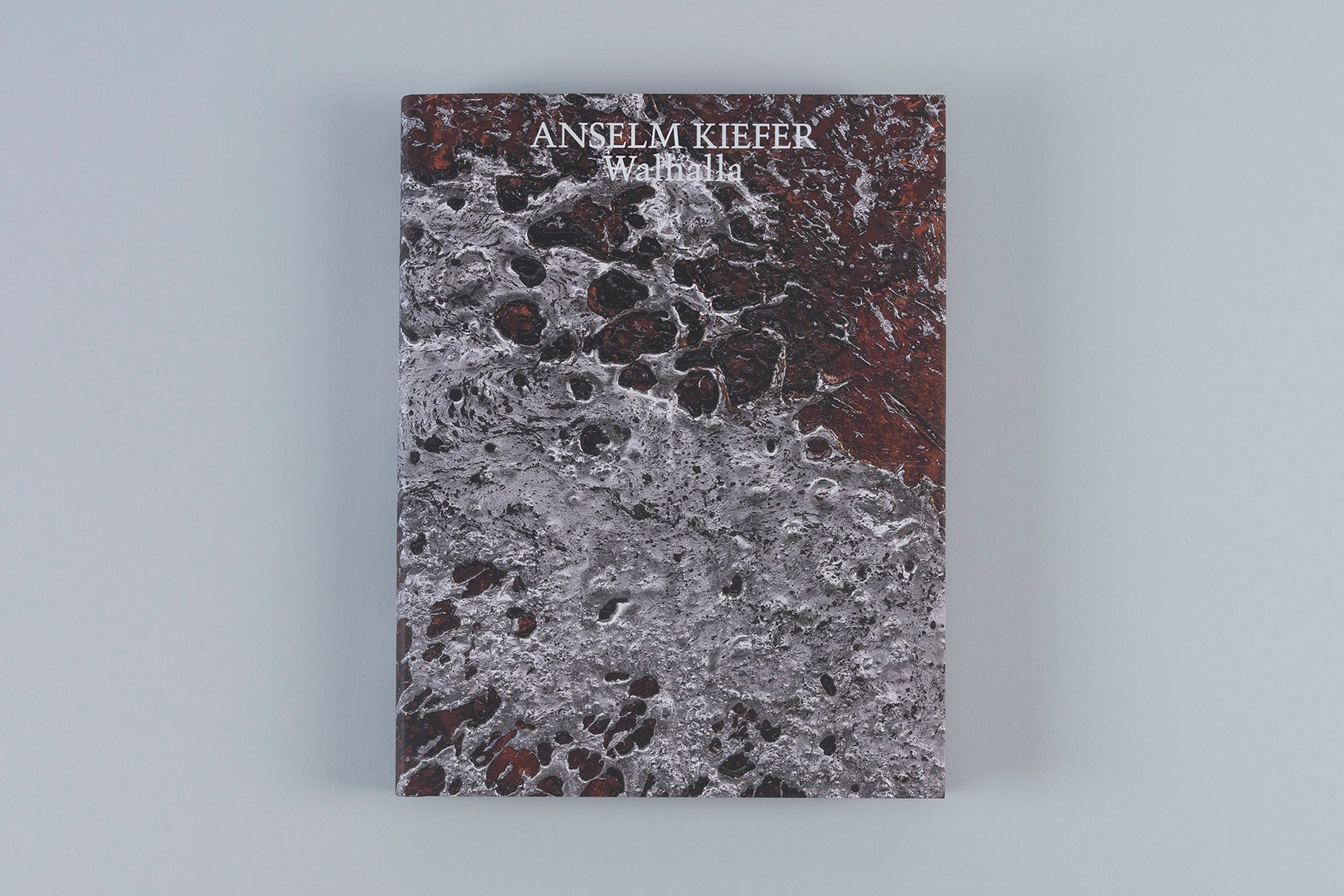
Superstrings, Runes, The Norns, Gordian Knot
Anselm Kiefer
Superstrings, Runes, The Norns, Gordian Knot
15 November 2019 – 26 January 2020
Dates
15 November 2019 – 26 January 2020
White Cube is pleased to present an exhibition of new work by Anselm Kiefer. The exhibition brings together many of the interests that have characterised Kiefer’s work for decades, including mythology, astronomy and history. Located across the entire Bermondsey space, it features a large-scale installation and paintings that draw on the scientific concept known as string theory.
String theory is a mathematical model that attempts to articulate the known fundamental interactions of the universe and forms of matter. In this new body of work, Kiefer has ‘tried to bring together theories of seemingly extraneous principles from different cultures and histories’, so that complex scientific theory is connected with subject matter from ancient mythology. In so doing, Kiefer makes visual the idea that, ‘Everything is connected: the missing letters, string theory, the Norns, the Gordian knot.’
Along the length of the gallery’s corridor is a single installation comprised of thirty vitrines, which forms the backbone and lends its title to the exhibition, Superstrings, Runes, The Norns, Gordian Knot (2019). Each vitrine, over 4 metres high, is filled with densely worked, stained and crumbling panels, and entwined masses of tubing, in undulating, knot-like arrangements. Marked across their glass surfaces are urgently recorded hand-written phrases, equations relating to string theory and the names of the three chief Norns, the female spinners of fate from Norse mythology: Urd, Verdandi, Skuld. Offering a visual index for the themes informing the work of the exhibition, the rigid geometry of each vitrine appears barely able to contain the explosive mass within.
Kiefer’s new series of paintings, featuring barren scenes and rows of charred vegetation receding dramatically, pose a sublime confrontation that both belittles and impresses with its epic magnitude. In South Gallery I for instance, three immense paintings each measuring over 7 meters in width, locate the viewer between sweeping views over devastated landscapes. Their encrusted surfaces often incorporate organic matter − branches, twigs and straw, sometimes extending beyond the painting borders – and suggest an uncontrollable natural force at work. A vision perhaps, of a paradoxical circularity: of both a beginning and an end, form and ‘unform’, decay and rebirth, mysterious cycles beyond earthbound limits. While there is total destruction, equally the ashen potential of redemption courses throughout Kiefer's work
Several paintings in the North Galleries titled Der Gordische Knoten (2019), refer to the undoing of the hopelessly tangled Gordian knot, which originates in the legend of Phrygian Gordium. Featuring unruly plant matter set against light-filled backgrounds, scattered letters from runic alphabets are set amidst the swaying stems of dark wheat and tangled branches. Forming the written basis of various Germanic languages before Latin, for Kiefer these letters join string theory to mythology and Nordic language, serving as they do as ‘an ancient means for mystics to interpret the secrets of the world’. In the very centre of each painting also sits an axe, enmeshed in the undergrowth, its blade rusted and branches grafted onto its handle. The tool or weapon symbolises Alexander the Great’s simple solution to unravelling the Gordian knot by a single, deft cut.
The paintings exhibited in South Gallery II represent landscapes obscured. Die Lebenden und die Toten (2019) depicts the rhythmic arcs of an amphitheatre or parliament, sitting within a bleak landscape; a scene tangibly resonant of panopticon power structures. The seat of political power here appears in the midst of a blackened wasteland, threatened by a cascading mass of blackened straw. In other works Kiefer appears to give visual shape to string theory, as with The Veneziano Amplitude (2019). Named after the discovery of Italian theoretical physicist Gabriele Veneziano, the painting is dominated by a huge gridded web that is at once whole and modular. A form that appears to be in constant evolution, this union of imagery articulates ‘the discrepancy or tension between our idea of
Create an Account
To view available artworks and access prices.













